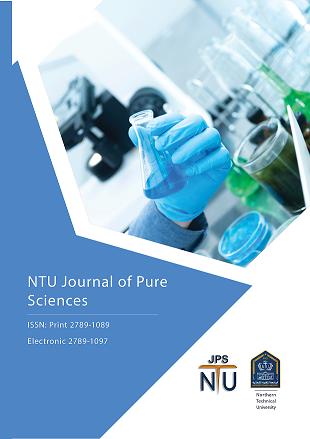Identification and antibiotics Sensitivity of Secondary Bacterial Infection in COVID-19 (SARS-CoV-2) Pneumonia patients in Kirkuk/Iraq
DOI:
https://doi.org/10.56286/ntujps.v2i1.303Abstract
Abstract:
The unusual virus, now known as Coronavirus 2 (SARS-CoV-2), spread fast throughout China and other regions of the world due to its remarkable ability for human-to-human transmission. Patients with COVID-19 commonly experience significant morbidity and mortality from subsequent bacterial infections.
Aim: To determine the incidence of typical bacterial infections in COVID-19 pneumonia, including Klebsiella pneumoniae, Pseudomonas aerogenusa, Escherichia coli, and Staphylococcus aureus. Hundred sputum samples were taken from individuals who had been identified as having the developing Coronavirus and were dwelling in intensive care units in Hospitals (Al Shifa hospital) in Kirkuk city/Iraq. The BDph Phoenix m50 procedure was used to test the antibiotic sensitivity of samples collected on various culture mediums, then transferred to pure cultures and diagnosed. The total of 100 patients, 60% of them had a secondary bacterial infection, whereas 40% of them did not. The most common isolated species was Staphylococcus aureus identification at (40%) followed by K. pneumoniae (33%), Pseud. aeruginosa (22%), and E. coli (5%). The majority of the identified strains were resistant to the study's antibiotics. This study demonstrates that SARS-CoV-2 infected critically sick individuals had a very high frequency of subsequent bacterial infection. The pathogenic bacteria that were identified for this investigation were resistant to the majority of the antibiotics that were utilized.
Downloads
Downloads
Published
Issue
Section
License
This work is licensed under a Creative Commons Attribution 4.0 International License (CC BY 4.0), which permits unrestricted use, distribution, and reproduction in any medium, provided the original work is properly cited.





